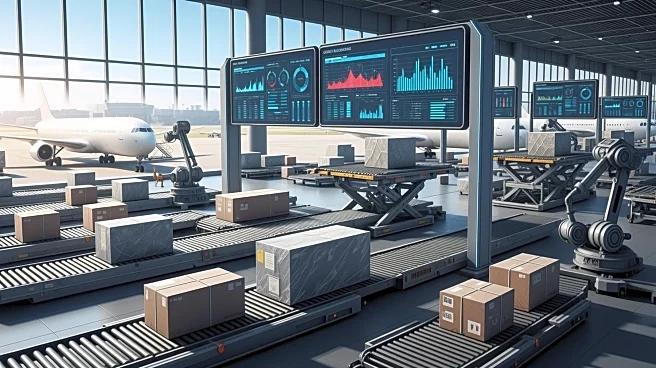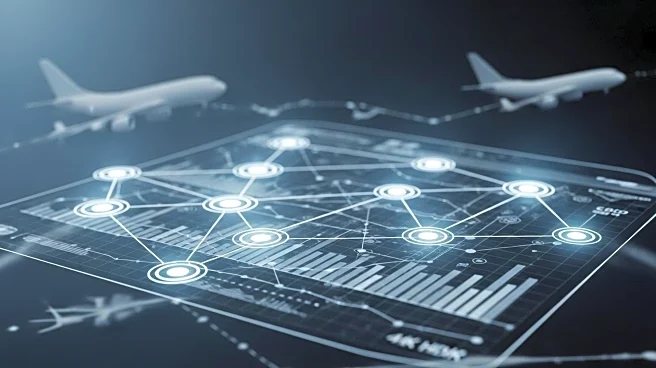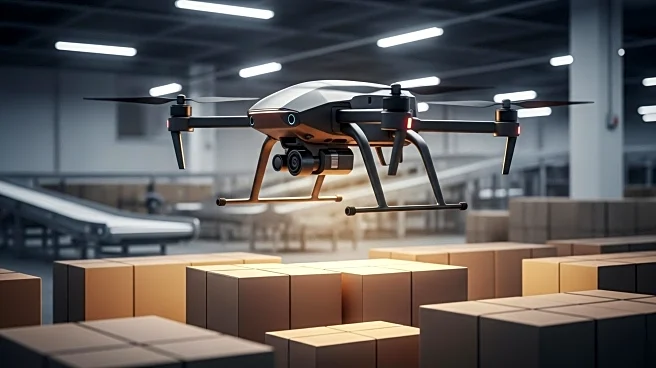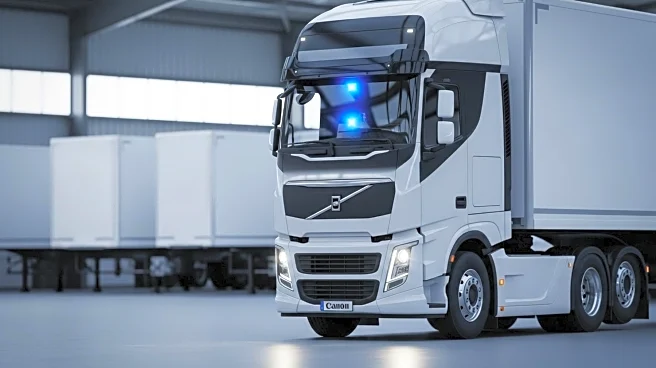What's Happening?
The global air freight forwarding system market is projected to grow from $9.30 billion in 2025 to $13.05 billion by 2033, driven by the expansion of global trade and cross-border e-commerce. The demand
for faster, real-time logistics visibility is compelling freight operators to adopt advanced digital systems. Key factors contributing to market growth include logistics digitization through AI/ML, Internet of Things, and predictive analytics, which enable real-time visibility and routing optimization. Additionally, environmental sustainability pressures are encouraging more automated operations. North America currently dominates the market, while Asia Pacific is expected to experience the fastest growth due to booming manufacturing activity and increased intra-regional trade.
Why It's Important?
The growth of the air freight forwarding system market reflects the increasing complexity and demand for efficient logistics solutions in global trade. As e-commerce continues to surge, freight forwarders and airlines are investing in systems that enhance routing, tracking, and capacity management. This shift towards digital platforms is crucial for managing customs and cross-border regulations effectively. The modernization of cargo infrastructure, including smart airports and terminals, further streamlines operations. The market's expansion is likely to benefit freight forwarding companies, airlines, and logistics providers, enabling them to optimize their operations and reduce costs.
Beyond the Headlines
The transition to digital forwarding platforms represents a significant shift in the logistics industry, with implications for environmental sustainability and operational efficiency. As companies adopt more automated, system-driven operations, they can reduce emissions and inefficiencies, aligning with global sustainability goals. The integration of AI and IoT technologies in logistics could lead to long-term improvements in supply chain management, offering competitive advantages to early adopters. This evolution may also influence regulatory frameworks and industry standards, as stakeholders seek to balance innovation with compliance.











